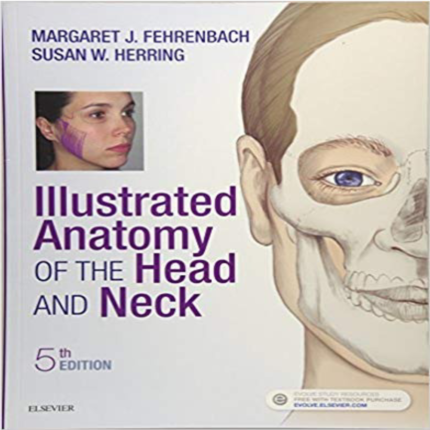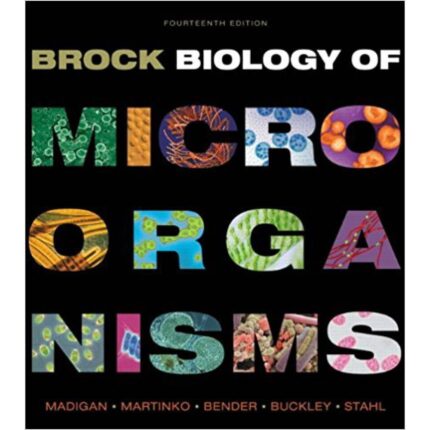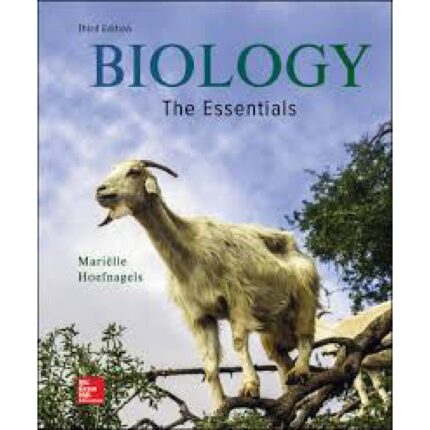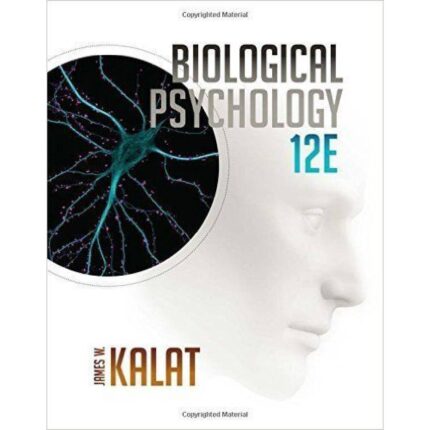Chapter 11
The Eukaryotic Chromosome
Multiple Choice Questions
- The enzyme that some organisms use to replicate DNA at the 5′ ends of chromosomes is called
- DNA polymerase.
B. telomerase.
C. DNA ligase.
D. replicase.
Bloom’s: 1. Remember
Learning Objective: 11.04.04 Describe the action of telomerase and identify cells in which it continues to be synthesized.
Section: 11.04
Topic: Replication of Eukaryotic Chromosomes
- Which of the following is not usually seen when a cell loses telomerase activity?
A. Telomeres shorten slightly with each cell division.
B. After 30–50 divisions, cells show signs of senescence and then die.
C. In the immune system, certain capacity for protection is gradually lost.
D. Many normal somatic cells gain the ability to divide indefinitely.
- The components of a chromosome include one long DNA molecule and
A.phospholipids.
B. proteins.
C. carbohydrates.
D. steroids.
E. RNA.
Bloom’s: 1. Remember
Learning Objective: 11.01.01 Diagram the DNA components of a chromosome, including the polarity of strands.
Section: 11.01
Topic: Chromosomal DNA and Proteins
- By weight, chromatin consists roughly of
A.1/3 DNA, 1/3 histones, and 1/3 nonhistones.
B. 1/3 DNA and 2/3 acidic proteins.
C. 1/3 DNA, 1/3 histones, and 1/3 basic proteins.
D.
1/4 DNA, 1/4 RNA, 1/4 histones, and 1/4 nonhistones.
Bloom’s: 1. Remember
Learning Objective: 11.01.02 Contrast histone and nonhistone proteins in terms of structure and function.
Section: 11.01
Topic: Chromosomal DNA and Proteins
- Histones and DNA have a strong attraction for each other because
A.DNA is positively charged and histones are negatively charged.
B. both DNA and proteins are hydrophobic.
C. DNA is negatively charged and histones are positively charged.
D. like substances share common charges.
Bloom’s: 2. Understand
Learning Objective: 11.01.02 Contrast histone and nonhistone proteins in terms of structure and function.
Section: 11.01
Topic: Chromosomal DNA and Proteins
- Which of the following is not a role ascribed to nonhistone proteins found in chromatin?
A. structural
B. replication
C. chromosome segregation
D. nucleosome packers
Bloom’s: 1. Remember
Learning Objective: 11.01.02 Contrast histone and nonhistone proteins in terms of structure and function.
Section: 11.01
Topic: Chromosomal DNA and Proteins
- The first level of compaction of DNA consists of
A. DNA winding around histones to form small nucleosomes.
B. tight coiling of DNA with nucleosomes into higher order structures.
C. high level compaction into metaphase-type chromosomes.
D. histone, DNA, and nonhistone covalent bonding.
Bloom’s: 1. Remember
Learning Objective: 11.02.01 Diagram the structure of a nucleosome.
Section: 11.02
Topic: Chromosome Structure and Compaction
- The histone that appears to be responsible for organizing the 100 Å fibers into 300 Å fibers is
- H4.
B. H3.
C. H2.
D. H1.
Bloom’s: 1. Remember
Learning Objective: 11.02.01 Diagram the structure of a nucleosome.
Section: 11.02
Topic: Chromosome Structure and Compaction
- In DNA, the 300Å fiber is formed into structural loops. Responsibility for this function appears to lie with
A. histone H4.
B. nucleosomase.
C. histone H1.
D. certain nonhistone proteins.
Bloom’s: 1. Remember
Learning Objective: 11.02.02 Describe nucleosome supercoiling and its relationship to the radial loop–scaffold model of chromatin packaging.
Section: 11.02
Topic: Chromosome Structure and Compaction
- At what stage of mitosis do we first see a chromosome that is compacted 250-fold over the 40-fold compacted 300Å fiber?
A. prophase
B. metaphase
C. anaphase
D. telophase
E. never achieves this level of compaction













Reviews
There are no reviews yet.